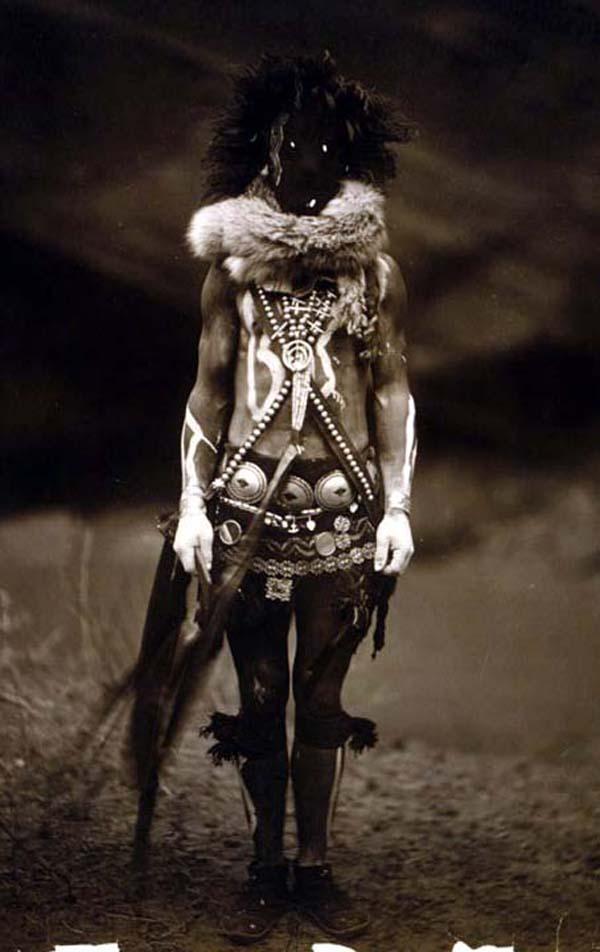In the realm of folklore and supernatural tales, few entities evoke as much intrigue and fear as skinwalkers. These shape-shifting beings are deeply woven into the cultural fabric of Native American mythology, particularly among the Navajo people. Skinwalkers are often depicted as witches or sorcerers who possess the ability to transform into animals, allowing them to evade capture and wreak havoc. The legends surrounding skinwalkers are not just simple ghost stories; they are steeped in a rich history that reflects the beliefs, fears, and values of the communities that tell them.
As we delve deeper into the topic of skinwalkers, we uncover layers of meaning that reveal the complexities of human experience and the natural world. With their dual nature, skinwalkers represent both the power of transformation and the dangers that come with it. The tales serve as cautionary reminders of the thin line between humanity and the animalistic instincts that lie within. Moreover, these stories have evolved over generations, adapting to the changing societal norms and fears of the people who share them.
In this article, we will explore the origins, characteristics, and cultural significance of skinwalkers. We will answer key questions that arise when discussing these enigmatic figures, including what they symbolize within the context of Native American spirituality and how they continue to influence contemporary culture. Join us as we step into the world of skinwalkers, where reality and myth intertwine, producing a captivating narrative that has fascinated generations.
What Are Skinwalkers?
Skinwalkers, known as "yee naaldlooshii" in Navajo, are often described as malevolent witches who can transform into various animals, including wolves, coyotes, or bears. The term itself translates to "with it, he goes on all fours," which aptly captures the essence of these shape-shifters. Their abilities extend beyond mere physical transformation; they are believed to possess powerful magical skills, enabling them to cast spells and invoke fear.
How Do Skinwalkers Transform?
The transformation process is shrouded in mystery and varies across different accounts. Some narratives suggest that a skinwalker must wear the skin of the animal they wish to become, while others propose that they simply will themselves into the form of the creature. This ability to shape-shift is often seen as a violation of natural laws, making skinwalkers both feared and reviled within their communities.
What Is the Origin of Skinwalker Legends?
The origins of the skinwalker legend can be traced back to ancient traditions among the Navajo people. It is believed that the first skinwalker was a person who turned to dark magic, abandoning their cultural values and embracing the malevolent side of power. The stories serve as a warning against the misuse of knowledge and the consequences of straying from communal ethics.
What Role Do Skinwalkers Play in Navajo Culture?
Skinwalkers are not merely figures of fear; they play a significant role in the spiritual beliefs of the Navajo. As embodiments of chaos and the unknown, they serve as metaphors for the dangers of straying from the path of righteousness. The tales of skinwalkers are often shared during storytelling sessions, reinforcing community bonds and passing down cultural wisdom.
How Are Skinwalkers Portrayed in Modern Media?
In contemporary culture, skinwalkers have made their way into films, television series, and literature, often depicted as terrifying monsters or supernatural beings. These portrayals, while captivating, can sometimes misrepresent the true essence of skinwalkers, reducing them to mere horror tropes. The fascination with skinwalkers in modern media speaks to humanity's enduring curiosity about the unknown and the supernatural.
What Are Some Common Myths About Skinwalkers?
- Skinwalkers Can Be Easily Identified: Contrary to popular belief, skinwalkers are said to be indistinguishable from regular animals until they choose to reveal their true nature.
- They Only Target Navajo People: While skinwalker legends are rooted in Navajo culture, similar tales exist in various Indigenous communities across North America.
- Skinwalkers Are Just Fiction: For many, skinwalkers are a real and present danger, deeply embedded in cultural belief systems.
How Can We Respect the Cultural Significance of Skinwalkers?
To honor the rich history and cultural significance of skinwalkers, it is essential to approach the topic with sensitivity and respect. Understanding that these legends are part of a broader spiritual and cultural framework allows for a deeper appreciation of their meaning. Engaging with Indigenous communities and listening to their stories can provide valuable insights into the complexities surrounding these figures.
What Can We Learn from Skinwalker Legends?
The stories of skinwalkers serve as powerful reminders of the moral lessons embedded within folklore. They encourage us to reflect on our choices and the consequences that arise from straying from ethical paths. Additionally, these legends invite us to explore the relationship between humanity and nature, urging a greater respect for the world around us.
Conclusion: The Enduring Allure of Skinwalkers
Skinwalkers remain a captivating aspect of Native American folklore, embodying the duality of human nature and the mysteries of the supernatural. As we unravel the layers of these legends, we gain a deeper understanding of the cultural significance they hold and the lessons they impart. In a world that often seeks to categorize and simplify, the enigma of skinwalkers serves as a reminder of the complexity of cultural narratives and the importance of respecting diverse beliefs.
Unveiling The World Of MNF Commentators
Unraveling The Tension: A Deep Dive Into The Movie Prisoners
Unveiling The Legacy Of King Malachi: A Journey Through Time


